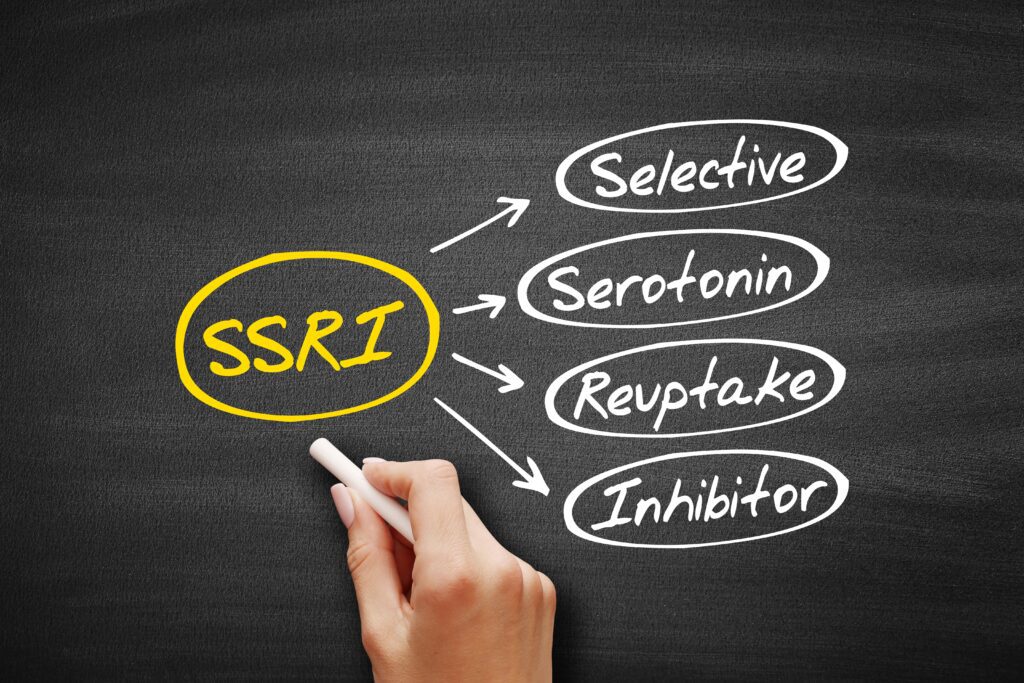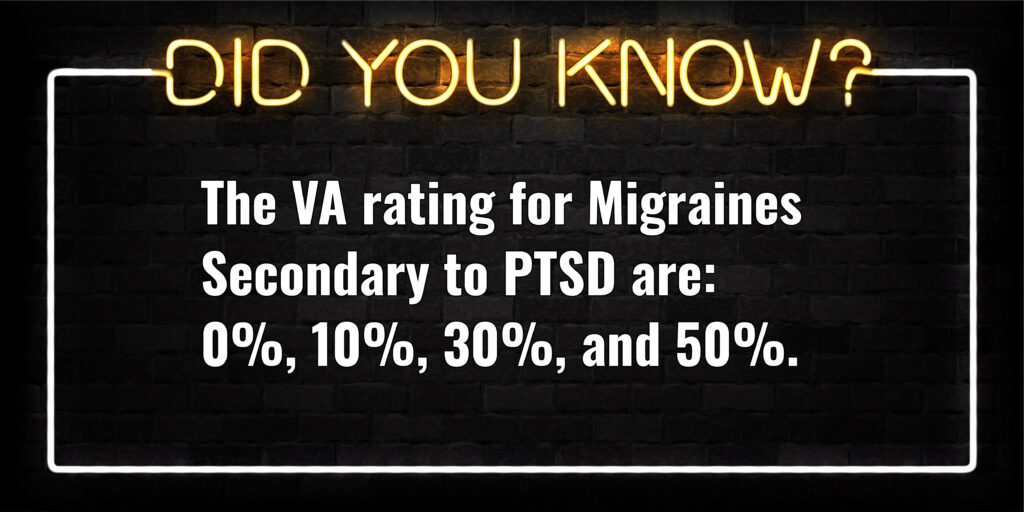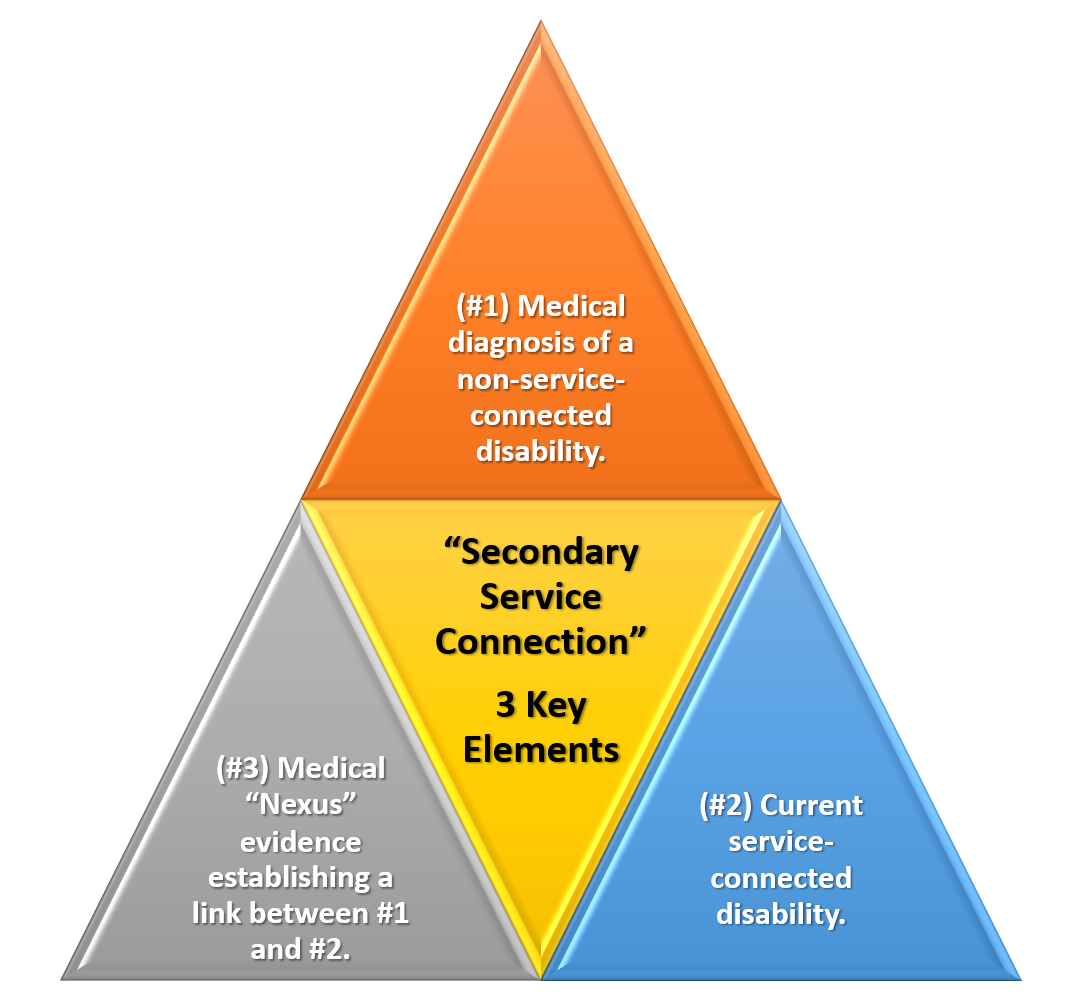Looking for Expert-Level VA Claim Answers?📱Call Us Now! 737-295-2226
Brian Reese here with VA Claims Insider, and in this expert-level post, I’m going to reveal and explain how to service connect your Migraines Secondary to PTSD for VA disability.
We’ll also explore the “3 Magic Pillars” of VA secondary service connection to include mission critical medical evidence requirements.
Lastly, together we’ll uncover secret tips to getting a VA Nexus Letter for Secondary Conditions (with high probative value) to help you prove secondary service connection under the law.
Okay, let’s go!
You Might Also Enjoy the Following Blog Posts:
- Top 5 Secondary Conditions to PTSD
- Top 100+ VA Disability List of Secondary Conditions
- Do I Need a Nexus Letter?
- VA Rating for PTSD: The Ultimate Guide
Table of Contents
Migraines Secondary to PTSD: Is There a Connection?

Yes, there is a strong correlation between Migraines and PTSD.
There’s also something called “PTSD Migraines,” which is more commonly known as a Post Traumatic Headache.
PTSD causes persistently high levels of stress due to intense feelings of fear, anxiety about surroundings, and tension in social situations.
The pain and strain of reliving the traumatic event can easily cause tension and migraine headaches, as can the physical responses of grinding teeth and clenching muscles in the neck and back.
For example, in one study, PTSD symptoms preceded Migraine Headache symptoms in almost 70% of those who suffered from both Migraines and PTSD.
In addition, participants of that same study with Migraines reported almost 2x as many traumatic stressors than those without headaches.
PTSD and Migraines Veterans: Can PTSD Cause Migraines?

Yes, PTSD can cause Migraines, especially in U.S. military veterans who suffer from severe symptoms of PTSD.
One study found that 32% of OEF/OIF veterans with PTSD say that they have problems with headaches.
A growing body of epidemiological literature supports an association between migraines and PTSD.
PTSD prevalence rates have been demonstrated to be increased in those with migraine in multiple different cohorts, including tertiary pain and headache clinics, veteran cohorts, and general population surveys.
In the tertiary clinic-based studies, approximately 22-30% of headache sufferers fulfilled PTSD criteria.
In a veteran cohort survey, the prevalence of PTSD was even greater than found in the tertiary care clinics, with almost 50% of those with migraine fulfilling criteria for PTSD.
Thus, migraine headaches are one of the most common secondary conditions to PTSD.
There is some medical etiology to suggest that Migraines, and many different types of Headaches, can be proximately due to or aggravated by PTSD.
Finally, Migraines are a common side effect of Selective Serotonin Reuptake Inhibitors (SSRIs) such as Citalopram (Celexa), Escitalopram (Lexapro), Fluoxetine (Prozac), Paroxetine (Paxil, Pexeva), and Sertraline (Zoloft).

If you’re taking medications to try to manage your PTSD symptoms, but those medications cause side effects, you might be able to get service-connected secondary to PTSD due to the side effects of medications and how they “cause” or “aggravate” your headaches.
>> Click HERE to read my Top 6 Tips for Your VA Claim for Migraines.
You’ll likely need a Nexus Letter from an independent medical professional to establish service connection for Migraines secondary to PTSD.
Speaking of headaches, did you know there are more than 150 different types of headaches eligible for VA disability benefits under the law?
While the Schedule for Rating Disabilities only lists “Migraines,” ANY type of headache can be service connected and compensated under the law if the veteran has current symptoms of headaches that interfere with his/her work, life, and social functioning.
VA Disability Ratings for Migraines Explained:
How Are Migraines Rated by the VA?
Medical Research Study:
Migraine and its psychiatric comorbidities
BVA Case History Example:
Migraines Secondary to PTSD is granted
What is the VA Rating for Migraines Secondary to PTSD?

The VA rating for Migraines Secondary to PTSD consists of four possible ratings: 0 percent, 10 percent, 30 percent, and 50 percent.
The highest scheduler rating for Headaches secondary to PTSD is 50%.
CFR Title 38, Part 4, the Schedule for Rating Disabilities, lists Migraine (Headaches) under diagnostic code 8100.
Note that the symptoms become markedly more severe between the 30% and 50% rating levels, as evidenced by the VA rating criteria for Migraines below:
| Migraines Secondary to PTSD VA Rating Scale: | VA Rating |
| Migraines with very frequent completely prostrating and prolonged attacks productive of severe economic inadaptability | 50% |
| Migraines with characteristic prostrating attacks occurring on an average once a month over last several months | 30% |
| Migraines with characteristic prostrating attacks averaging one in 2 months over last several months | 10% |
| Migraines with less frequent attacks | 0% |
What is the Difference Between the 30% and 50% Migraines and PTSD Rating?

There is a significant difference between the 30% rating and the 50% rating for Migraine headaches.
For example, look at this actual denial letter from a VA Rater, for a veteran who was already rated at 30% for migraines, but was seeking an increase to 50% for migraines:
“Although the medical evidence shows that the frequency of the headaches has increased, there is no objective medical evidence showing that these headaches are at all prostrating in nature which would affect economic inadaptability. However, based on the totality of the evidence, which includes the veteran’s subjective statements, and resolving all reasonable doubt in his favor, we feel that the 30% rating threshold has been met, justifying an increase at this time. A higher evaluation is not warranted unless the objective medical evidence shows very frequent, completely prostrating, and prolonged attacks productive of severe economic inadaptability.”
The denial states the medical evidence did NOT show prostrating headaches or economic loss.
If you think you deserve a higher VA rating for migraines, you need to have medical evidence that discusses the severity of your headaches, whether they are prostrating in nature, and if these headaches affect your work.
Another tip for VA claims for secondary migraines is you need to document the frequency and severity of your Migraines over the past several months so you have additional evidence.
You can use apps on your smartphone, such as the Migraine Buddy app, from which you can then download the daily and monthly reports to use in support of your VA claim for headaches.
What is a VA Secondary Condition?

In accordance with 38 CFR § 3.310 disabilities that are proximately due to, or aggravated by, service-connected disease or injury, a current disability condition, which is proximately due to or the result of a service-connected disease or injury shall be service connected.
VA secondary conditions require a “showing of causation.”
A showing of causation requires that the secondary VA claim is “proximately due to” or “aggravated by” another service-connected disability.
There are three evidentiary elements that must be satisfied to prove VA secondary service connection under the law:
- A medical diagnosis of the secondary VA disability you’re attempting to link to the current service-connected disability (must be documented in a medical record) AND
- A current service-connected primary disability (e.g., your current list of service-connected disabilities from your VA.gov account) AND
- Medical nexus evidence establishing a connection between the service-connected primary condition AND the current disability, which in this example is Migraines and PTSD
VA secondary conditions include any of the 900+ disabilities listed in CFR Title 38, Part 4, the Schedule for Rating Disabilities that can be service-connected SECONDARY to a current VA disability you’re already rated for at 0% or higher.
The Caluza Triangle for VA Secondary Conditions: What Do I Need to Prove Secondary Service Connection?

The FIRST part can be satisfied with any existing medical evidence in service treatment records, VA medical records, or any private medical records that show a diagnosis of Migraines.
The SECOND part can be satisfied with a veteran’s existing service-connected disability rated at 0% or higher, which is your PTSD.
The THIRD part, and often the missing link needed to establish secondary service connection, can be satisfied with a credible Nexus Letter (Independent Medical Opinion) from a private healthcare provider that shows the connection between Migraines and PTSD.
>> Click HERE for a list of Doctors Who Write VA Nexus Letters for Veterans!
Did you know there are HUNDREDS of common secondary VA claims that you can get service connected by law?
Here’s a truth bomb fellow veterans…
You could be missing out on thousands of dollars of tax-free disability compensation you deserve by law and not even realize that your current VA disability might be caused or aggravated by an existing service-connected disability.
Pro Tip: A Nexus Letter with “high probative value” is RECOMMENDED to help establish secondary service connection.
Why?
Because “Medical Nexus Evidence” is needed to satisfy the third evidentiary element that must be satisfied to prove your secondary VA claim on an “at least as likely as not” basis.
Need a Nexus Letter to Help Prove Secondary Service Connection?

Click HERE now to join VA Claims Insider Elite, our premier education-based membership program, which also gets you discounted access to independent medical providers in our referral network for medical examinations, VA disability evaluations, and credible Nexus Letters for a wide range of conditions.
We’re a company OF veterans, BY veterans, FOR veterans and we’ve helped 25,000+ veterans increase their VA rating since 2016.
Are you next?
At VA Claims Insider, we help veterans get the VA disability rating they deserve in less time, if you’ve already filed, been denied, or have given up hope.
About the Author

Brian Reese
Brian Reese is a world-renowned VA disability benefits expert and the #1 bestselling author of VA Claim Secrets and You Deserve It. Motivated by his own frustration with the VA claim process, Brian founded VA Claims Insider to help disabled veterans secure their VA disability compensation faster, regardless of their past struggles with the VA. Since 2013, he has positively impacted the lives of over 10 million military, veterans, and their families.
A former active-duty Air Force officer, Brian has extensive experience leading diverse teams in challenging international environments, including a combat tour in Afghanistan in 2011 supporting Operation ENDURING FREEDOM.
Brian is a Distinguished Graduate of Management from the United States Air Force Academy and earned his MBA from Oklahoma State University’s Spears School of Business, where he was a National Honor Scholar, ranking in the top 1% of his class.




